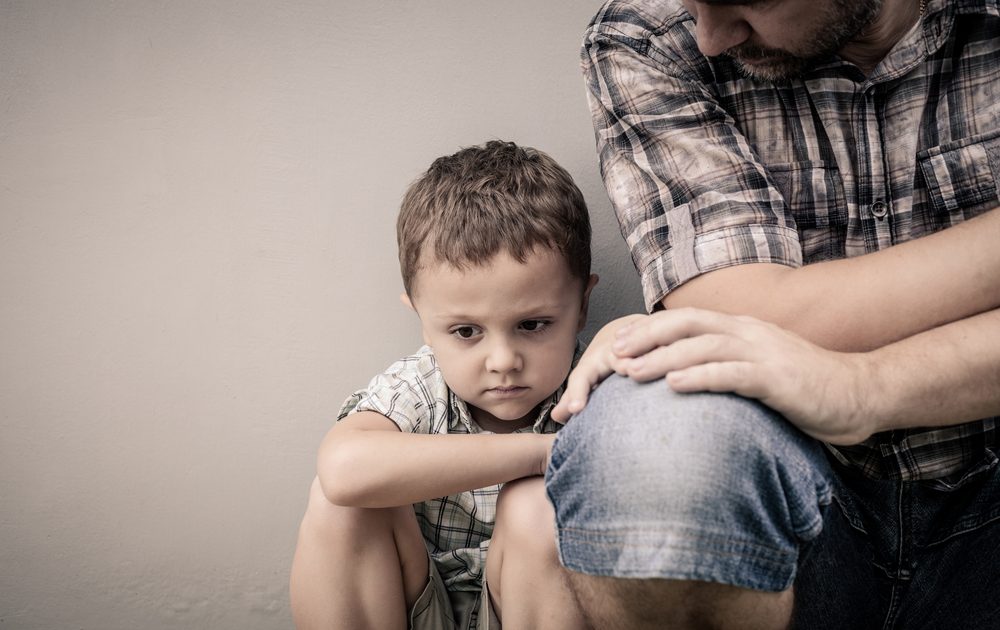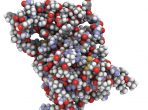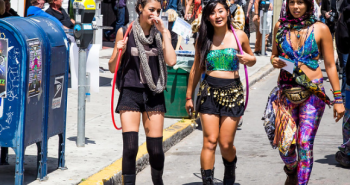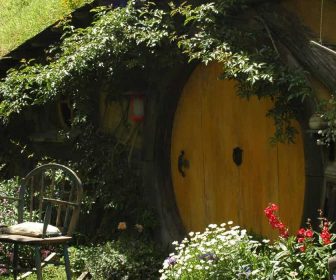Subscribe to the our newsletter to receive latest news straight to your inbox.
How Parents Should Deal With Fussy Eaters At Home?
HOW DO I PREPARE FOR MY FIRST YEAR OF LAW SCHOOL?
Ways to Survive a Hot Summer Day
Benefits of HGH for Athletes
The World of Cars: 10 Amazing Modern Innovations
Men, Can These 7 Intimacy Tips Save Your Sex Life?
How Sex Can Improve Your Period & How to Do It Better
Why Parents Need to Maintain Traditional Values at Home?
How Digital Marketing Company Can Help Your Business
5 Best Way To Find House Cleaning Services
Places in Calgary You CANNOT SEE Without a Car
SEVEN STRATEGIES TO IMPROVE YOUR WRITING SKILLS
How to Prevent Regression on Autistic Children?
How To Choose The Best Synthetic Grass For Your Garden
Things You Should Know About Muscle Brain
Travel Medical Insurance: All the basics you need to know
Benefits of Yoga for Athletes
Health Risks of X-Ray Scans
Five Marketing Tips For Your Business In 2023
Georgia Cabins With A Water View Are Like A Home Away From Home
Benefits and Risks of Sunlight
Reasons Children Become Fussy Eaters
Six best life hacks for the motorists
Six Dental Consideration Tips to Prevent Your Child from Getting Braces
3 Ways to Improve Your Body Positivity
Seven Things to Do When Visiting a Sick Person
What to See in Portugal? 5 Amazing Sights of Algarve
How to Shape Emotionally Strong Boys?
Easy Driving: 10 Options that Should be Included in Each Modern Car
How to Price Your Car? | Helpful Guidelines
How Alcohol Affects Athletes?
Believe It or Not: 10 Myths on Studying in the USA
How to Make an Effective Parenting Plan?
TOP 7 Ways to Become BETTER DRIVER!
Beneficial Herbs for Athletes
How Can a Professional Assignment Help Contribute to Your Success as a Student?
Why Teenagers Want to Be Loved?
Luxury Driving: 6 Chic Premium Cars to Feel Like a Celebrity
Long and Spacious: 5 Most Luxurious Estate Cars
Negative Impacts of Air Pollution
Tips on How To Buy The Right Refrigerator For Yourself
These Habits May Be Making Your Period Worse
What Should Be Included In The Home Inspection Checklist
Importance of Protein and Vitamin D for Athletes
Things worth Considering for How to get into Digital Marketing
How Alcohol Causes You To Gain Weight?
How Athletes Can Recover From Knee Replacement Surgery?
How Athletes Should Deal With Anxiety
4 Best Tips To Follow For Quick Lift Repair
How Aging Athletes Can Stay in Shape?
TOP 5 MINI CARS For Solo Travelers
How To Handle The Last Minute Moving – Helpful Tips
Seven Ways to Become Productive Parents
Festival of Lights: Buy These Exciting Smartphones in 2019
The Economic System of the United States of America
Health Benefits of Memory Foam Mattresses
How to Control The Way Children Use the Internet?
Reasons You Are Susceptible to Mental Problems
How Parents Can Gain Respect From Children?
How to Prepare Children for the First Day of Preschool?
How to Make Children Perform Better at School?
What to Do When Children Misbehave?
Why Teenagers Become Rebellious So Easily?
Benefits of Coffee for Professional Athletes
What should always be in a car on a long journey?

Common Types of Childhood Anxiety
Anxiety is a modern affliction that affects many people. It is already considered as a serious health issue that happen in any country. Around 25 percent of adults are affected by symptoms of anxiety. These symptoms are also quite common among children. In reality, anxiety is easily treated, depending on the situation and overall severity….

Anxiety is a modern affliction that affects many people. It is already considered as a serious health issue that happen in any country. Around 25 percent of adults are affected by symptoms of anxiety. These symptoms are also quite common among children. In reality, anxiety is easily treated, depending on the situation and overall severity. People who have anxiety disorders usually feel uneasiness, worry and intense gear. If not treated properly, anxiety can cause various problems. Children who have anxiety symptoms could suffer from:
- Inability to achieve or maintain good grades
- Impaired relationships with peers
- Poor self esteem
- Abuse of drugs and alcohol
It is important for parents to know what the possible causes of anxiety among children are. Anxiety can be defined as unrealistic worry about daily lives. This can be severe enough to affect school and physical performance. Young people are often quite tense and self conscious about themselves. They often don’t have anyone who can give reassurance. Here are types of anxiety that may affect children:
- Separation anxiety disorder: Children who have this kind of mental disorder find it difficult to leave their parents. They tend to cling to their parents and when they are far from their parent, sleeping problems may happen. Separation anxiety disorder could be accompanied by fear, withdrawal, sadness and overall depression. This type of disorder is more common among younger children and considered as a normal process in the development of pre-school children.
- Phobias: Phobias are excessive and unrealistic fears about specific objects, although they are generally harmless. It is acceptable to have phobia of snakes, but it’s unreasonable to be paralyzed by the appearance of cats. Other than animals, phobias could also be caused by natural elements and specific situations, such as enclosed space. Although a child doesn’t seem to have apparent phobia, it is possible that they have social phobia. Many children are very scared of being judged harshly and criticized. They will try hard to avoid anything that they fear. Phobias can potentially restrict lives and impair quality of life.
- Panic disorder: Children and teenagers could be affected by repeated panic attacks. It’s a period of panic attacks, which are indicated by feeling of imminent death, nausea, dizziness, sweating and pounding heartbeat. The experience can be so dreadful, that children are fearful of the panic attack itself. This could become a vicious cycle that make the situation even more difficult for children.
- Obsessive compulsive disorder: Also known as OCD, it is a mental situation that causes people to get trapped in repetitive behaviors and thoughts. This pattern can be really hard to stop, although these behaviors and thoughts appear distressing and senseless. Compulsive behaviors could cause children to repeat specific activities, such as counting, hand washing, cleaning up the room and others. About two percent of teenagers are affected by OCD.
- Post Traumatic Stress Disorder: Children and adolescents can be affected by PTSD as well. It’s not something that affects only war veterans. Natural disaster, abuse and violence can cause PTSD among ordinary people.
Recommended Articles
-
Things worth Considering for How to get into Digital Marketing
5 years ago7790 views -
Places in Calgary You CANNOT SEE Without a Car
4 years ago6353 views -
Beneficial Herbs for Athletes
5 years ago5940 views -
Benefits and Risks of Sunlight
5 years ago8206 views -
Ultimate San Francisco CITY GUIDE for Youngsters: Places to See by Car
4 years ago9805 views -
HOW DO I PREPARE FOR MY FIRST YEAR OF LAW SCHOOL?
5 years ago6070 views
Leave a Reply
You must be logged in to post a comment.












































































